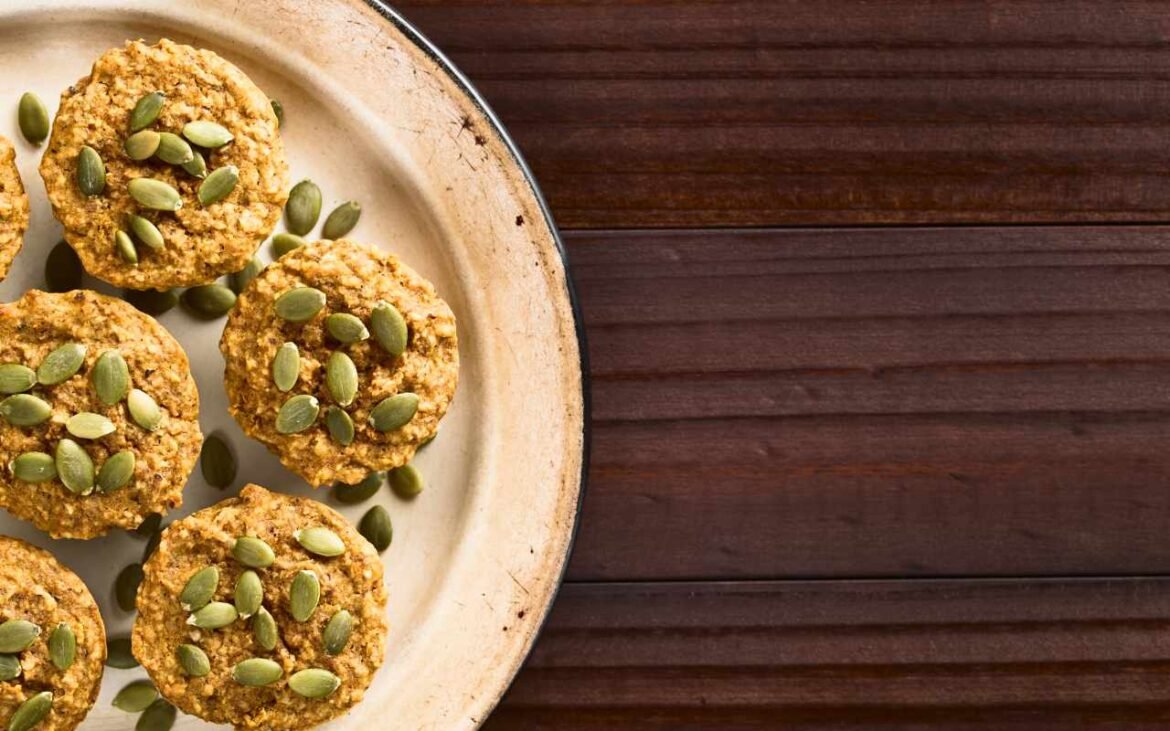Have you ever found yourself reaching for that same old protein bar, wondering if there’s a better way to fuel your body without relying on animal products? You’re not alone. Plant-Based Protein Snacks are revolutionizing how we think about nutrition, energy, and recovery in 2025, offering delicious alternatives that don’t compromise on taste or effectiveness.
The shift toward plant-based eating isn’t just a trend—it’s becoming a lifestyle choice that makes sense for our health, our planet, and our busy schedules. Whether you’re crushing it at the gym, juggling work deadlines, or simply trying to maintain steady energy throughout the day, these protein-packed options are changing the game entirely.
What Makes Plant-Based Protein Snacks So Special?
Let’s be honest—when most people think “protein,” they immediately picture chicken, eggs, or whey powder. But here’s what’s exciting: plant-based proteins are stepping up in ways that might surprise you. These aren’t your bland, cardboard-tasting health foods from years past.
Plant-based protein snacks are packed with more than just amino acids. They’re delivering fiber, antioxidants, vitamins, and minerals that animal proteins simply can’t match. Think about it—when you bite into a handful of roasted chickpeas or sip a hemp protein smoothie, you’re not just getting muscle-building nutrients. You’re also supporting your digestive health, reducing inflammation, and giving your body the complex nutrition it craves.
The environmental benefits are pretty compelling too. Every time you choose plant proteins over animal-based ones, you’re reducing your carbon footprint and supporting more sustainable food systems. It’s a win-win that feels good on multiple levels.
How Do You Choose the Right Plant-Based Protein Snacks?
Not all protein snacks are created equal, and this is especially true in the plant-based world. You’ll want to look for options that deliver at least 5-10 grams of protein per serving, though the sweet spot for post-workout recovery is closer to 15-20 grams.
Protein content is important, but don’t ignore the other stuff. The best plant-based snacks combine protein with fiber, healthy fats, and complex carbohydrates. This combination helps stabilize blood sugar levels and keeps you feeling satisfied for hours instead of minutes.
Ingredient quality matters enormously. Look for whole food ingredients you can actually pronounce. Avoid snacks loaded with added sugars, artificial flavors, or lengthy lists of preservatives. The beauty of plant proteins lies in their natural complexity—why mess with that?
Convenience is another crucial factor in 2025. Plant-based snack innovations are making it easier than ever to grab something nutritious on the go. Whether you’re meal prepping on Sunday or grabbing something between meetings, accessibility shouldn’t be a barrier to good nutrition.
The Top 6 Plant-Based Protein Snacks That Actually Taste Good
Energy Bars Made with Pea Protein
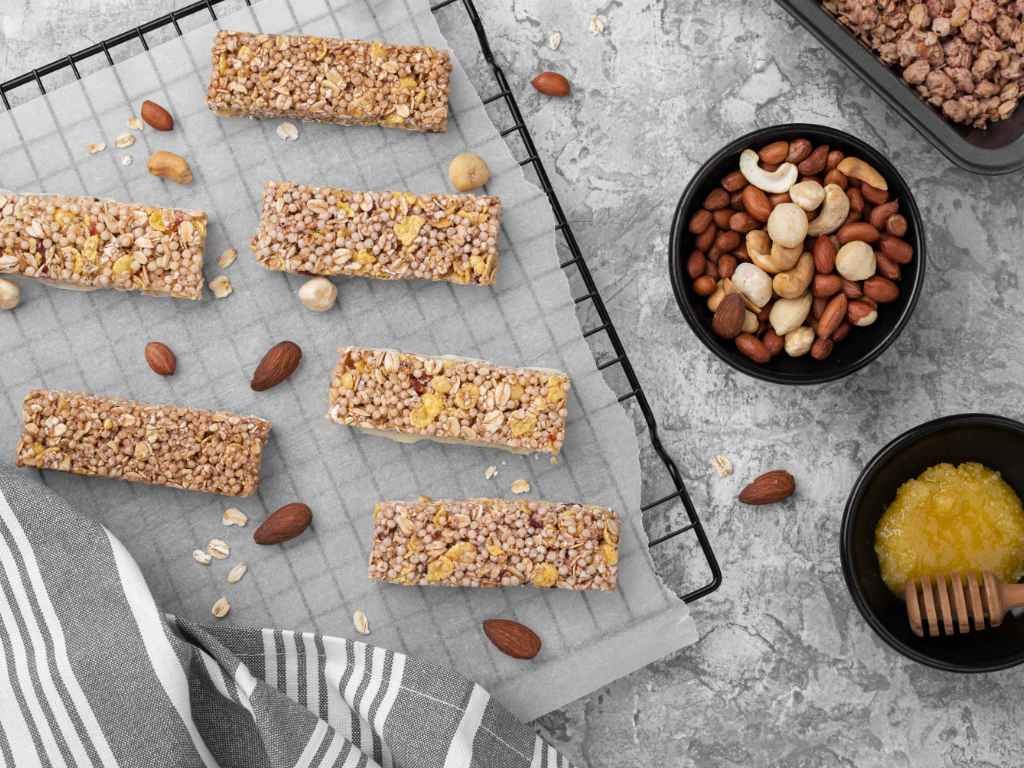
Pea protein has become the superstar of plant-based nutrition, and for good reason. It’s got a neutral taste that doesn’t overpower other flavors, plus it delivers all essential amino acids your muscles need for recovery.
Making your own energy bars is surprisingly simple. Combine pea protein powder with rolled oats, your favorite nut butter, chia seeds, and a touch of dates for natural sweetness. Press the mixture into a pan, chill it, and you’ve got bars that deliver 8-12 grams of protein each. The best part? You control every ingredient.
If DIY isn’t your thing, the market is flooded with excellent ready-made options that taste more like dessert than health food.
Roasted Chickpeas with Spices
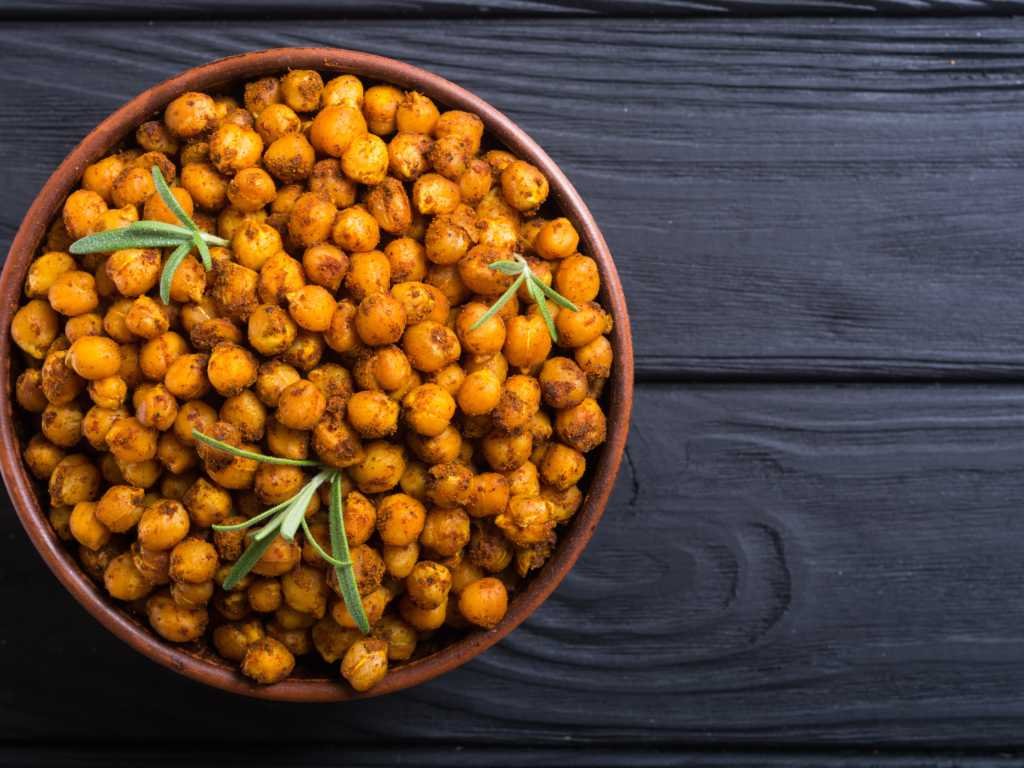
Here’s where plant-based snacking gets fun. Chickpeas aren’t just for hummus anymore—when roasted with olive oil and spices, they become crunchy, satisfying protein bombs that are perfect for afternoon munchies.
Start with cooked chickpeas (canned works fine), toss them with olive oil and your favorite spice blend. Smoked paprika, cumin, garlic powder, or even curry powder work beautifully. Roast them at 400°F until they’re crispy on the outside but still tender inside. A quarter-cup serving gives you about 5-6 grams of protein plus fiber to keep you full.
The beauty of roasted chickpeas is their versatility. Make a big batch on Sunday, and you’ll have grab-and-go snacks all week long.
Almond Butter Energy Bites
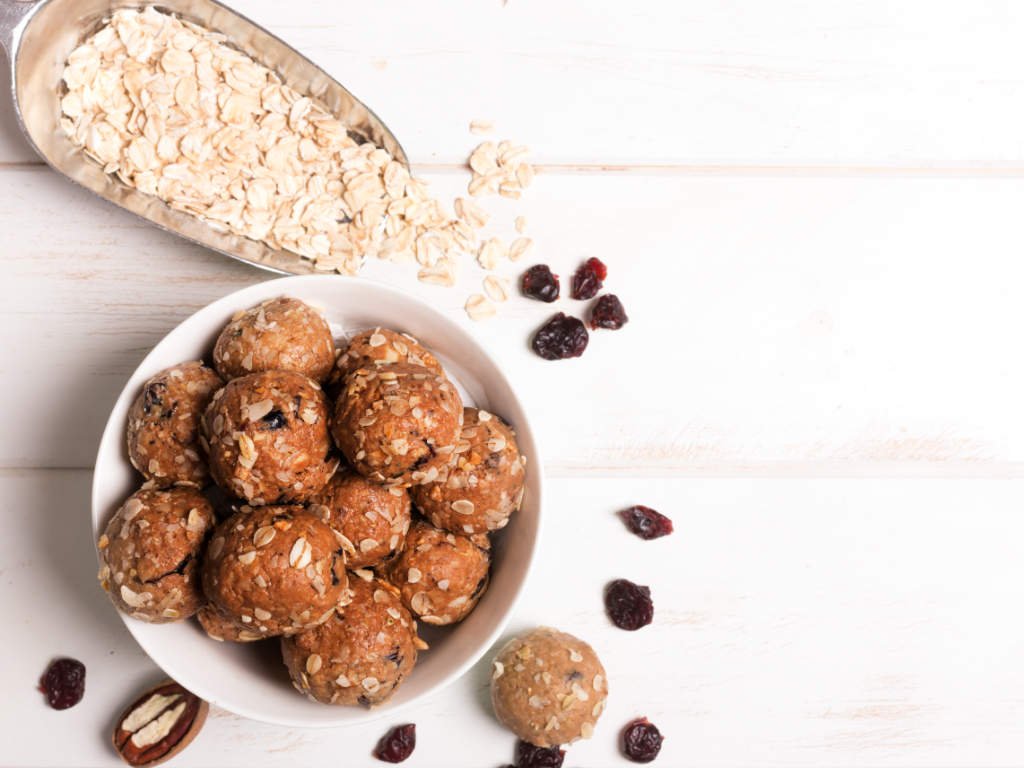
Sometimes you need something that feels more like a treat than a health food, and that’s where energy bites shine. These little powerhouses combine the creamy richness of almond butter with the sustained energy of oats and seeds.
Mix almond butter with rolled oats, a drizzle of maple syrup, and chia seeds. Roll the mixture into bite-sized balls and chill them until firm. Each bite delivers about 3-4 grams of protein along with healthy fats that help stabilize blood sugar.
The beauty of energy bites is their customizability. Add cocoa powder for chocolate versions, dried fruit for sweetness, or coconut flakes for tropical vibes. They’re basically edible creativity in ball form.
Quinoa and Edamame Salad Cups
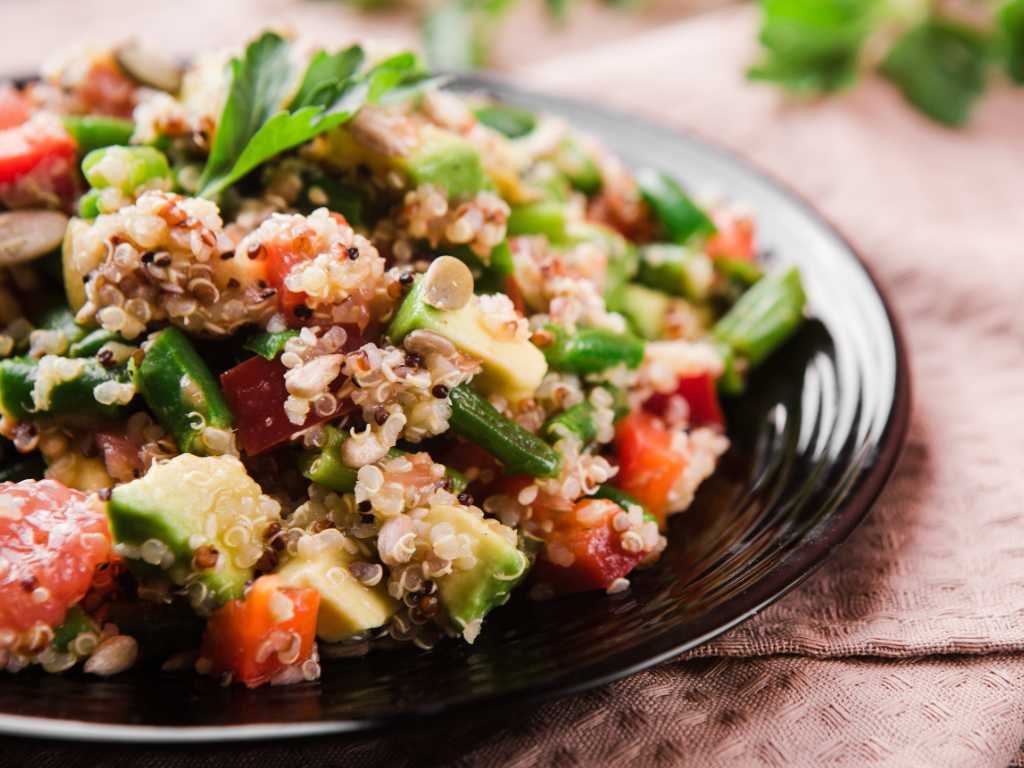
If you’re looking for something more substantial, quinoa and edamame salad cups are your answer. Both quinoa and edamame are complete proteins, meaning they contain all nine essential amino acids your body can’t make on its own.
Cook quinoa according to package directions, then mix it with shelled edamame, diced vegetables, and a simple vinaigrette. Portion it into mason jars or containers for easy grab-and-go meals. Each serving delivers 8-10 grams of high-quality protein plus fiber and complex carbs.
This combination is particularly great for post-workout recovery because it provides both protein for muscle repair and carbohydrates to replenish energy stores.
Lentil and Vegetable Patties
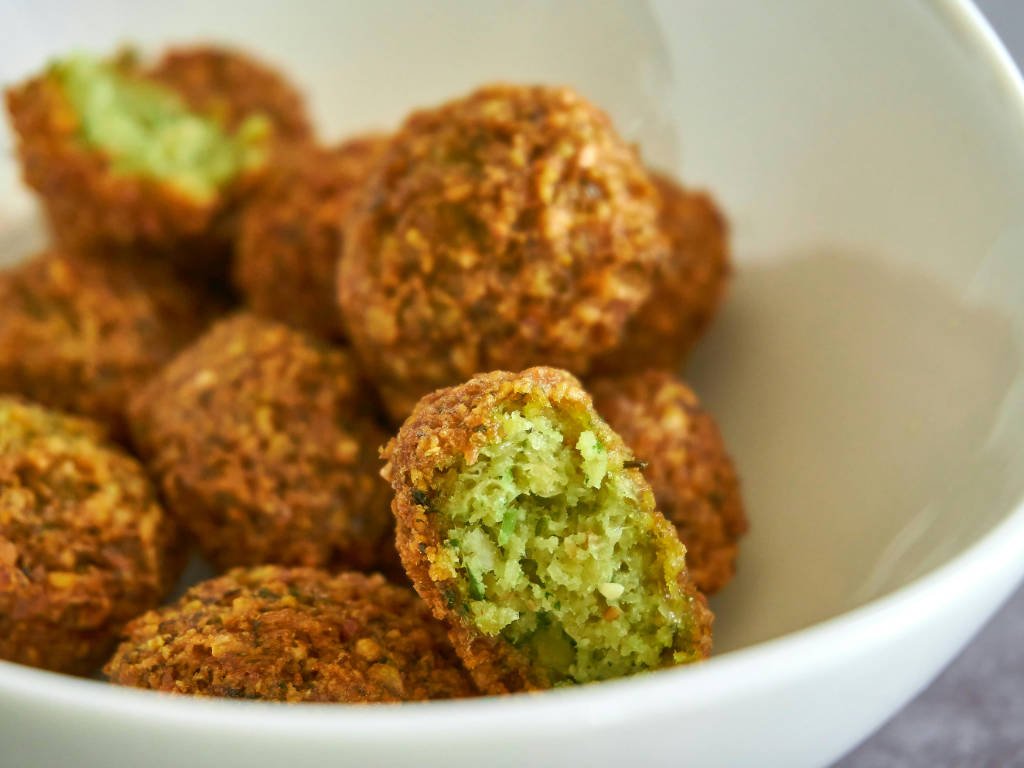
Lentils are seriously underrated in the snack world. These little legumes are protein powerhouses that take on flavors beautifully. Making mini lentil patties transforms them into portable, satisfying snacks.
Mash cooked lentils with shredded vegetables, minced onion, spices, and a bit of flaxseed meal to bind everything together. Form the mixture into small patties and pan-fry until golden. Two mini-patties provide roughly 8-10 grams of protein plus fiber and iron.
Make a big batch and freeze extras for busy weeks. They reheat beautifully in the toaster oven or microwave.
Plant Protein Smoothie with Nut Milk
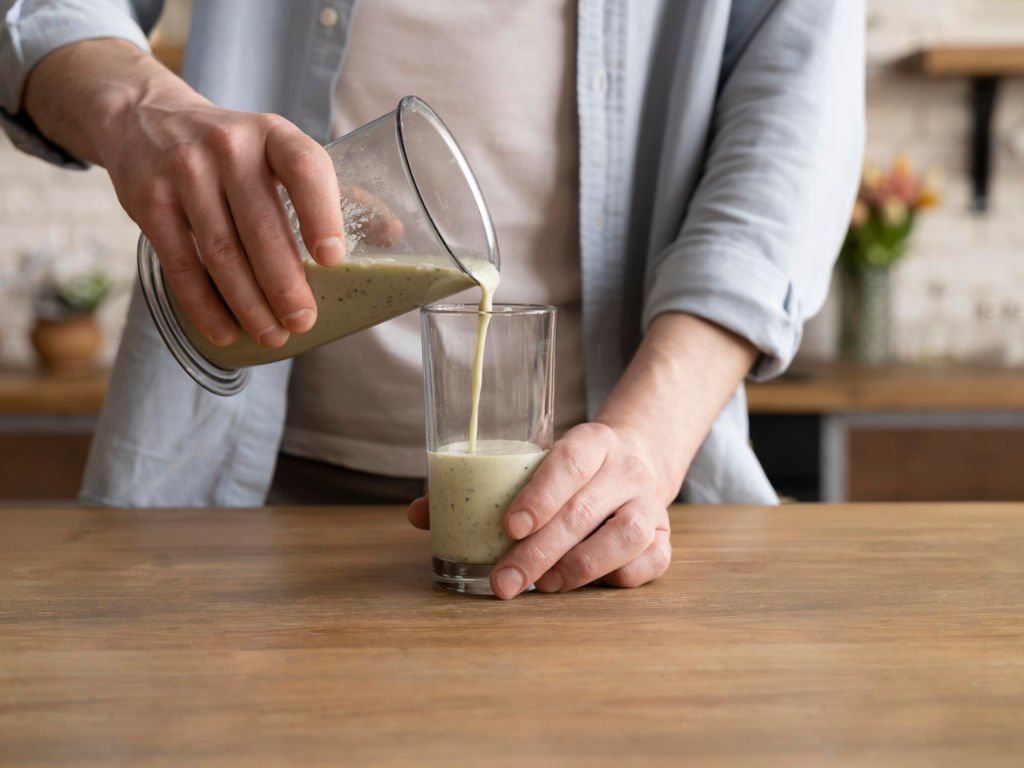
Sometimes you want your protein snack in liquid form, and that’s where plant protein smoothies excel. The key is choosing the right protein powder—pea, rice, and hemp proteins each have unique flavors and textures.
Blend unsweetened nut milk with a scoop of plant protein powder, frozen berries, and a handful of spinach (trust me, you won’t taste it). This combination delivers 15-20 grams of protein along with antioxidants, fiber, and healthy fats.
For an extra nutrition boost, consider adding antioxidant-rich ingredients like goji berries or acai powder. The results taste like a milkshake but fuel your body like a complete meal.
Getting Creative with Plant Protein Combinations
The real magic happens when you start combining different plant proteins. Seeds, nuts, beans, and ancient grains each bring unique amino acid profiles to the table. When you mix them strategically, you create complete protein sources that rival anything from animal products.
Hemp seeds are fantastic additions to almost any snack—they’re mild-tasting and pack about 10 grams of protein per three tablespoons. Sprinkle them on smoothie bowls, mix them into energy balls, or add them to homemade granola.
Pumpkin seeds (pepitas) are another protein-rich addition that adds satisfying crunch. They’re delicious roasted with spices and deliver about 9 grams of protein per ounce.
Don’t overlook the power of nut and seed butters either. Tahini, sunflower seed butter, and hemp seed butter all provide protein along with healthy fats that help with nutrient absorption.
What About Store-Bought Options?
Let’s be realistic—not everyone has time to make homemade protein snacks every week. The good news is that 2025’s snack innovations have produced some genuinely impressive ready-made options.
Look for brands that prioritize whole food ingredients and minimal processing. Many companies are now using innovative protein combinations that taste better and digest more easily than earlier plant-based products.
When shopping, check the protein content per serving and compare it to the total calories. You want snacks where protein makes up a significant portion of the total nutrition, not just an afterthought.
The availability of these products has improved dramatically. Most grocery stores now have dedicated sections for plant-based snacks, and online retailers offer even more variety. This accessibility is crucial for making plant-based eating sustainable long-term.
Making Plant-Based Protein Snacks Work for Your Lifestyle
The key to success with plant-based protein snacks is finding options that fit seamlessly into your existing routine. If you’re always rushing between meetings, focus on portable options like energy bars or roasted chickpeas. If you have more time for meal prep, batch-cooking lentil patties or quinoa salads might work better.
Timing matters too. Post-workout nutrition benefits from higher protein amounts (15-25 grams), while between-meal snacks can be lower (5-10 grams) and still effectively curb hunger.
Consider your other dietary goals as well. If you’re following a Mediterranean-style eating pattern, plant-based protein snacks fit perfectly with the emphasis on legumes, nuts, and seeds.
The Science Behind Plant Protein and Recovery
Recent research shows that plant proteins can be just as effective as animal proteins for muscle recovery and growth when consumed in adequate amounts. The key is getting a variety of amino acids throughout the day, which happens naturally when you eat diverse plant foods.
High-protein snacks help maintain steady energy levels by preventing blood sugar spikes and crashes. This is especially important for active individuals who need sustained energy for workouts and recovery.
Plant proteins also come with additional benefits that animal proteins don’t provide. The fiber helps with satiety and digestive health, while antioxidants support recovery by reducing exercise-induced inflammation.
Addressing Common Concerns About Plant Proteins
“But what about complete proteins?” This is probably the most common question about plant-based eating. While it’s true that most individual plant foods don’t contain all essential amino acids in optimal ratios, this isn’t actually a problem when you eat a varied diet.
Your body maintains an amino acid pool, drawing from foods eaten throughout the day to build complete proteins as needed. You don’t need to combine specific foods at each meal—just eat a variety of plant proteins over the course of a day or two.
“Will I get enough protein?” This concern is understandable but largely unfounded for most people. Plant-based diets can easily meet protein needs when they include legumes, nuts, seeds, and grains. Many plant foods are surprisingly protein-dense when you look at the numbers.
Frequently Asked Questions
How much plant protein do I need per day?
Most adults need about 0.8 grams of protein per kilogram of body weight for basic health. Active individuals may benefit from 1.2-1.6 grams per kilogram. Plant-based snacks can contribute 10-25% of your daily protein needs.
Are plant proteins as good as animal proteins for muscle building?
Research shows that plant proteins can be equally effective for muscle protein synthesis when consumed in adequate amounts. The key is eating enough total protein and getting a variety of amino acids throughout the day.
What’s the best time to eat plant protein snacks?
Timing depends on your goals. For muscle recovery, consume protein within 30-60 minutes after exercise. For general energy maintenance, protein snacks work well between meals to prevent hunger and energy crashes.
Can plant protein snacks help with weight management?
Yes, protein increases satiety and helps maintain lean muscle mass during weight loss. The fiber in many plant protein sources also contributes to feelings of fullness and digestive health.
How do I make sure I’m getting complete proteins from plants?
Eat a variety of plant proteins throughout the day. Combinations like beans and grains, nuts and seeds, or quinoa with legumes naturally provide complete amino acid profiles.
Building Your Plant-Based Protein Snack Strategy
Start by identifying your current snacking patterns. When do you typically reach for snacks? What situations trigger hunger between meals? Understanding these patterns helps you choose the most appropriate plant protein options.
Meal prep can be a game-changer for plant-based snacking success. Spending an hour on Sunday preparing energy balls, roasting chickpeas, or portioning smoothie ingredients sets you up for a week of convenient, healthy choices.
Don’t try to overhaul your entire snacking routine overnight. Start by replacing one or two animal-based snacks per week with plant alternatives. This gradual approach helps your taste buds adjust and makes the transition more sustainable.
The Future of Plant-Based Protein Snacking
The innovation in plant-based protein snacks isn’t slowing down. 2025 protein trends point toward even more variety, better taste, and improved convenience in the coming years.
Technology is enabling new protein extraction methods that create plant proteins with improved texture and flavor profiles. We’re also seeing more sustainable packaging and locally sourced ingredients becoming standard.
The growing demand for these products is driving down costs and increasing availability, making plant-based protein more accessible to everyone, not just dedicated vegans or vegetarians.
Plant-based protein snacks represent more than just a dietary choice—they’re a pathway to better health, environmental stewardship, and culinary adventure. Whether you’re motivated by fitness goals, health concerns, or ethical considerations, these nutrient-dense options deliver on multiple fronts.
The variety available today means you don’t have to sacrifice taste for nutrition. From crispy roasted chickpeas to creamy protein smoothies, there’s something to satisfy every craving while supporting your body’s needs.
Ready to transform your snacking routine? Start by trying one new plant-based protein snack this week. Share your favorites in the comments below—your discoveries might inspire someone else’s healthy journey. And don’t forget to subscribe for more evidence-based nutrition tips and recipes that make healthy eating both delicious and sustainable in 2025.


